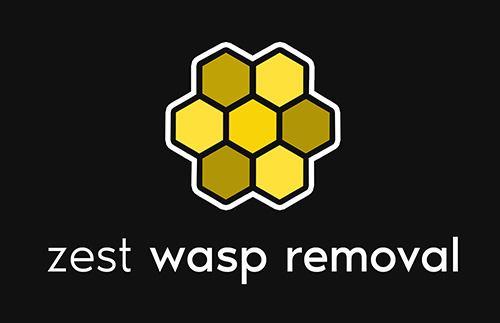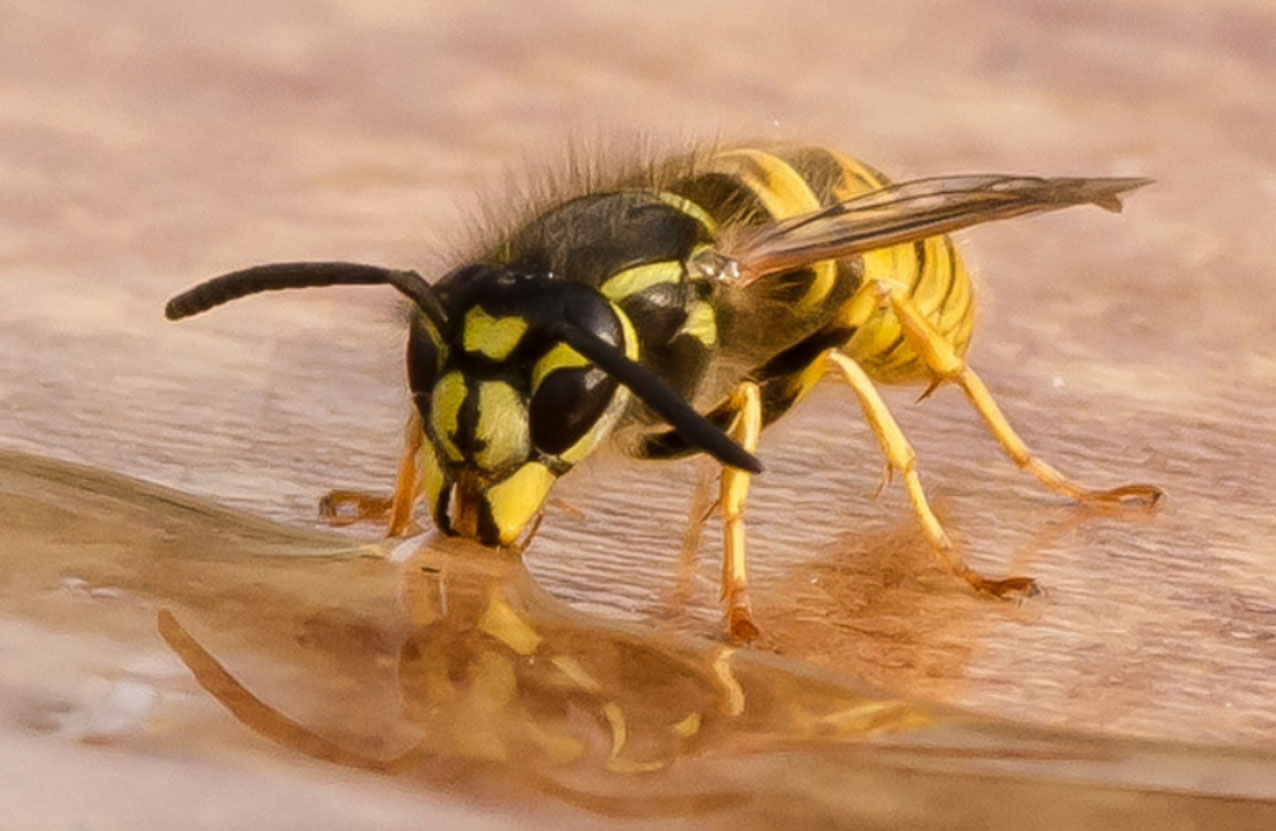Before initiating any wasp control activities, it’s crucial to conduct a comprehensive risk assessment to identify potential hazards and assess their associated risks.
Some key factors to consider in the risk assessment process include:
Species Identification: Different species of wasps exhibit varying levels of aggressiveness and venom potency. Identifying the species infesting the area is essential for determining the appropriate control methods and understanding the potential risk they pose.
Nesting Sites: Wasps often build nests in hard-to-reach or concealed locations, such as under eaves, in attics, or underground. Accessing these nests may require working at heights or in confined spaces, increasing the risk of falls or entrapment.
Allergic Reactions: For individuals allergic to wasp venom, even a single sting can trigger severe allergic reactions, including anaphylaxis. Assessing the presence of allergic individuals in the vicinity is crucial for implementing appropriate precautions and emergency response protocols.
Environmental Factors: Consider environmental factors such as weather conditions, proximity to sensitive areas (e.g., schools, hospitals), and the presence of non-target organisms (e.g., beneficial insects, pets) that could be adversely affected by control measures.
Safety Precautions: Minimizing Risks
Once potential hazards have been identified through risk assessment, implementing adequate safety precautions is essential to protect both workers and bystanders. Here are some fundamental safety measures to consider during wasp control operations:
Personal Protective Equipment (PPE): Workers should wear appropriate PPE, including thick clothing, gloves, a face mask or respirator, and protective eyewear to minimize the risk of stings and exposure to chemical agents.
Proper Equipment and Tools: Ensure that all equipment and tools used in wasp control operations are in good condition and suitable for the task at hand. This includes insecticides, applicators, ladders, and protective barriers.
Safe Application Techniques: Follow manufacturer instructions and recommended application techniques when using insecticides or other chemical control methods. Avoid over-application and take measures to prevent accidental spills or contamination of the surrounding environment.
Communication and Warning Signs: Clearly communicate the presence of wasp control activities to residents or bystanders in the vicinity. Use warning signs and barricades to restrict access to the treatment area and minimize the risk of unintended exposure.
Emergency Response Plan: Develop and communicate an emergency response plan that outlines procedures for dealing with allergic reactions, accidental exposure to insecticides, or other unforeseen incidents. Ensure that all workers are trained in first aid and know how to access medical assistance promptly if needed.
Environmental Considerations: Take precautions to minimize the impact of control measures on the environment, including avoiding the use of highly toxic pesticides near water sources or sensitive ecosystems. Consider employing alternative methods such as biological control or physical removal where feasible.
Conclusion
Effective wasp control operations require careful planning, thorough risk assessment, and strict adherence to safety precautions. By identifying potential hazards and implementing appropriate measures to mitigate risks, we can minimize the likelihood of accidents or adverse outcomes during wasp control activities.
Remember, prioritizing safety not only protects workers but also ensures the well-being of residents, bystanders, and the surrounding environment.

